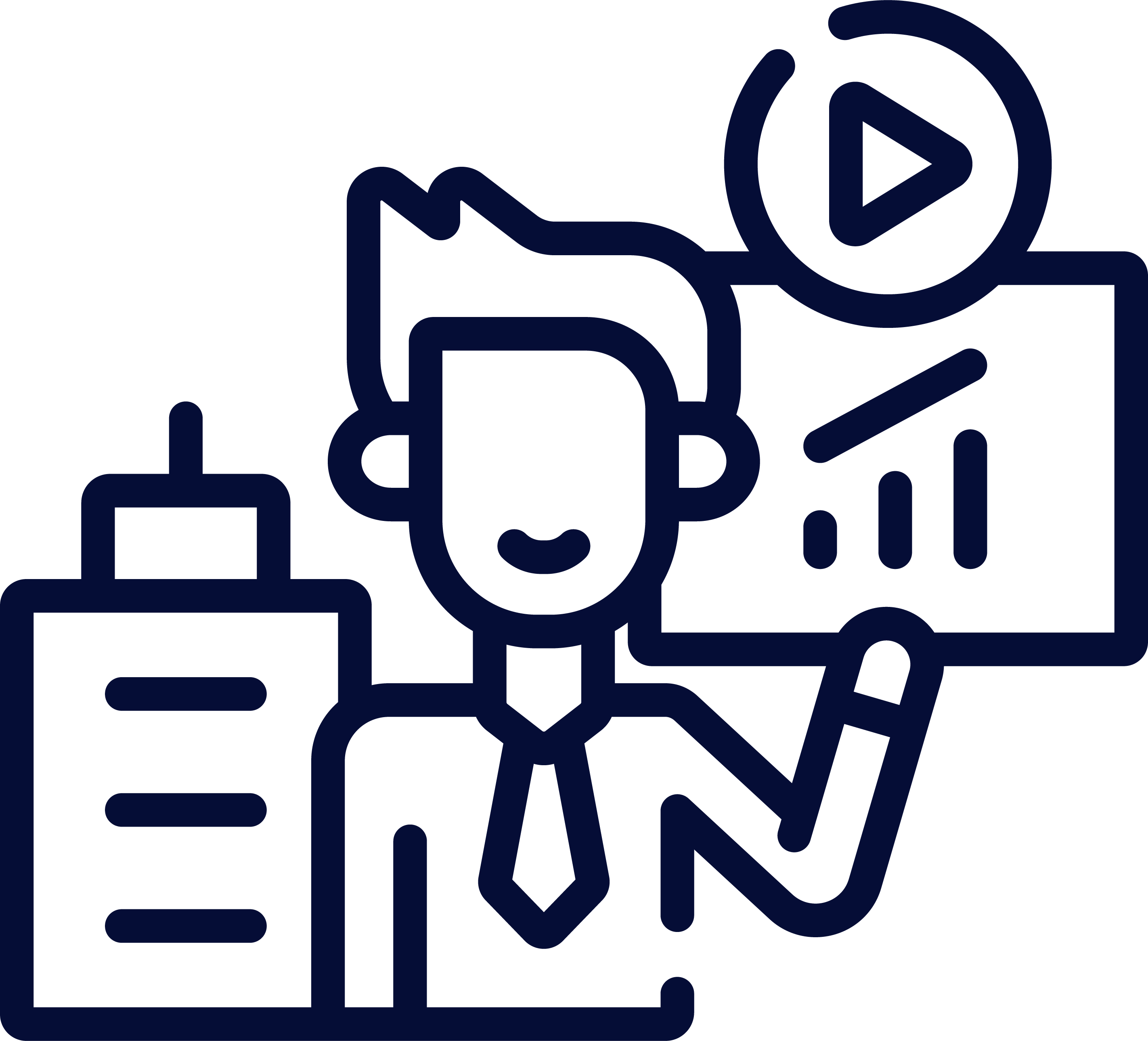Programming has been one aspect of the IT world that has always kept evolving. New programming languages keep coming, old ones get obsolete, new updates get rolled out, and so much more keeps happening in the programming world. The world went from developing its own systems to licensing to open-source and newer cultures and frameworks like ITIL and DevOps. As programming evolves, so does the role of a programmer – while some aspects of their life become easier, some areas become slightly more challenging too, requiring programmers to be on their toes, undergo DevOps training, etc. to stay relevant.
But before we can understand more about how a programmer’s role has changed over the years, first we need to understand who a programmer is.
Who is a Programmer?
A programmer is an individual who builds computer software or applications by writing specific computer programs. Simply put, a programmer is somebody who programs. Programmers would usually have a wide computing and coding background and their expertise would range across a range of different programming and coding languages, such as Structured Query Language (SQL), Perl, Extensible Markup Language (XML), PHP, C, C++, Python, Java, R, COBOL, etc. Apart from this, programmers could often have specific areas of expertise, such as database, security, software development, firmware development, mobile application development, web development, etc. Programmers play an indispensable role in the world of computing and they are critical in shaping the technology-enabled world as well as its advancement.
Regularly, a programmer’s role could involve a mix or even all of the below tasks:
- System conceptualization
- System design
- Coding
- Testing
- Debugging
- Implementation and production
- Maintenance, etc.
How has Programming Changed in Recent Times
What aspects of programming have gotten harder over time?
Earlier, programming was a highly specialized domain limited to a select few. Not everything had some level of digitization as it does today, so the role was more defined. There were just 2 to 3 programming languages in the market and knowing them would get the programmer through their entire career without a hitch. This is not the case today. Now, there are so many different programming languages and knowing just one or two is no longer enough for a successful programming career. Different purposes find different programming languages better suited to it, and to be ahead of the game, a programmer would constantly need to be learning new things.
The same goes for frameworks too. Earlier, there weren’t so many frameworks. Experts and people at large have gotten more innovative, mixing frameworks, using the best of one to blend with the best of another to come up with a whole new framework, a whole new way of doing things. Programmers need to be abreast of these developments and have the technical know-how and expertise to embrace the new developments.
Add to the mix countless libraries that are said to make a programmer’s life easy, but to make that happen, the programmer needs to know what to use where, and how. These libraries also need to be updated regularly to be useful, so programmers need to keep up with the updates that keep rolling in super-fast.
Not just the software aspects of a programmer’s role but the hardware aspects have transformed too. Computer hardware has evolved, it has become faster, more portable, stronger, and so much more. Besides, technological advances, like cloud computing, are making the older way of storing and working obsolete. Geographical boundaries are becoming irrelevant, and things are getting more global. With cloud computing, programmers have had to change how they program, store, manage different things, and so much more.
Another aspect that has created more challenges for programmers today is security. Earlier, the biggest security concerns for a programmer would be a server crash or a virus, or the code going corrupt. Now, there is a whole new level of cyber threats – data breaches, ransomware, DDoS attacks, phishing, malware, man-in-the-middle attacks, SQL injections, cross-site scripting, brute-force attack, zero-day exploits, and so much more.
Keeping up with all these developments is way more challenging than it sounds, making a programmer’s role a lot more complicated and challenging.

Read a Blog post: What do DevOps Architects and DevOps Engineers do?
What aspects of programming have gotten easier over time?
You would often have heard that one tiny mistake in the code can make the entire program sink. Sometimes, those errors can be extremely difficult to find and it can get very time-consuming to locate and correct them. However, this no longer happens so often. The most difficult and most well-hidden errors in code can be relatively easily located now. Collaborations have become so much easier that there are more pairs of eyes going through your code now, minimizing errors, making things a lot more water-tight, and making the code a lot more robust, and bug-free. Any changes anybody makes in the code can be easily tracked, and one can leave notes & comments behind for other team members that can be viewed by them online. Not just notes and comments, we know of a whole chain of arguments and counter-arguments to take place online in those notes. A few years ago, one would need to go hunting for who made particular changes in the code and then understand what changes were made to further understand what the bug is and why the program is malfunctioning.
In earlier days, finding solutions to problems required hours and hours of digging through the extremely bright profile pictures and the highly-unorganized world of online forums. Cataloging and indexing were unknown practices since SEO was yet to be born, so there was no shortcut and no easy way to find the answer you were looking for. Not just that, often, the answers to the problems you were facing were not even found or posted yet. Not everybody posts everything in online forums, after all.
This, in a way, also created significant entry barriers for individuals to enter the programming world, not everybody ‘had it in them’ to be a programmer. The entry barriers have broken down significantly over time and today, anybody can be a programmer. Anybody, including young kids, can learn coding and get started in this amazing world of codes and programs.
Another thing that has changed for the programmers is that the internet has become a lot more user-friendly and even the aesthetics have improved significantly. Pictures have higher resolution, the text is more readable, color palettes are less jarring, screens are bigger, etc.
In earlier days, HTML and CSS weren’t as evolved as they are now. For instance, coding an image to have rounded corners is something that can be achieved in seconds now. Earlier, it was practically impossible to do even after days of non-stop effort. You could only display images in certain sizes and it would always have sharp corners in the shape of a rectangle. There was no flexibility or wiggle room here at all. Now, forget round corners, you can display images in any size, in any part of the page, and any format or shape, and you don’t even have to be a full-blown programmer to make that happen, thanks to no-code and low-code modules.
Irrespective of what became more difficult and what became easier, one thing nobody can deny is programming has become a very important aspect and the role of a programmer has become more important in the world than ever before. Who would have thought that someday, programming would run the electric grid, sewage lines, as well as swanky marketing campaigns? Programming is no longer a utilitarian affair; it has a lot more socio-economic significance now. Programming is now helping bridge human relationships – from finding dates for people to helping friends living on different continents keep in touch. Programming is enabling us to paint a digital canvas of our lives for the world to see, it is letting us write blogs and tweets to express ourselves. Programming is helping us cook food, do our laundry, talk to people, track the movement of wildlife in a forest, tell us when we need to stop our car for gas, determine how hot our coffee is, and so much more. It is helping enterprises provide better services to us and better products to us. Thanks to programming, we can get that very cool gadget we saw yesterday delivered straight to our homes the very next day. It is facilitating elections, enabling precise surgeries, and ensuring your favorite store doesn’t run out of that bag of spiced cashew nuts you keep going back for. And the best part – programming is showing no signs of slowing down on the miracles it is creating.
Conclusion
In conclusion, a programmer’s role has changed significantly in the past few years, especially in the past decade. One of the major changes that have happened is the introduction of DevOps. DevOps is an incredibly popular and immensely useful framework and culture that is being embraced by organizations – small and big, to transform the way they function. It has also transformed the programmer’s role in an organization.
To keep up with this change, we recommend getting the best DevOps certification to learn all the important concepts and to validate your skills and expertise in the field. Cognixia’s DevOps training promises to do just that. Our online DevOps training is 100% live, online, and instructor-led with multiple hands-on DevOps projects and assignments to ensure every participant in the DevOps course learns the curriculum thoroughly.
Cognixia’s online DevOps training and certification covers:
- Introduction to DevOps and its significance in software development
- Different software development methodologies and their significance
- Introduction to virtualization, types of server virtualization, and virtualization products
- Installation and configuration of Vagrant
- Version-control systems and installing GIT on Windows and Linux
- Dockers and Containerization
- Configuration management with Chef, SaltStack, Puppet, and Ansible
- Nagios applications
- Continuous integration using Jenkins
- Container clustering with Docker Swarm and Kubernetes
- CI/CD pipeline automation
To be eligible for this DevOps certification course, one needs to have a basic understanding of programming and software development along with an introductory level knowledge of Unix/Linux command line tools as well as networking concepts. This DevOps training is a perfect fit for both beginners as well as experienced professionals.




